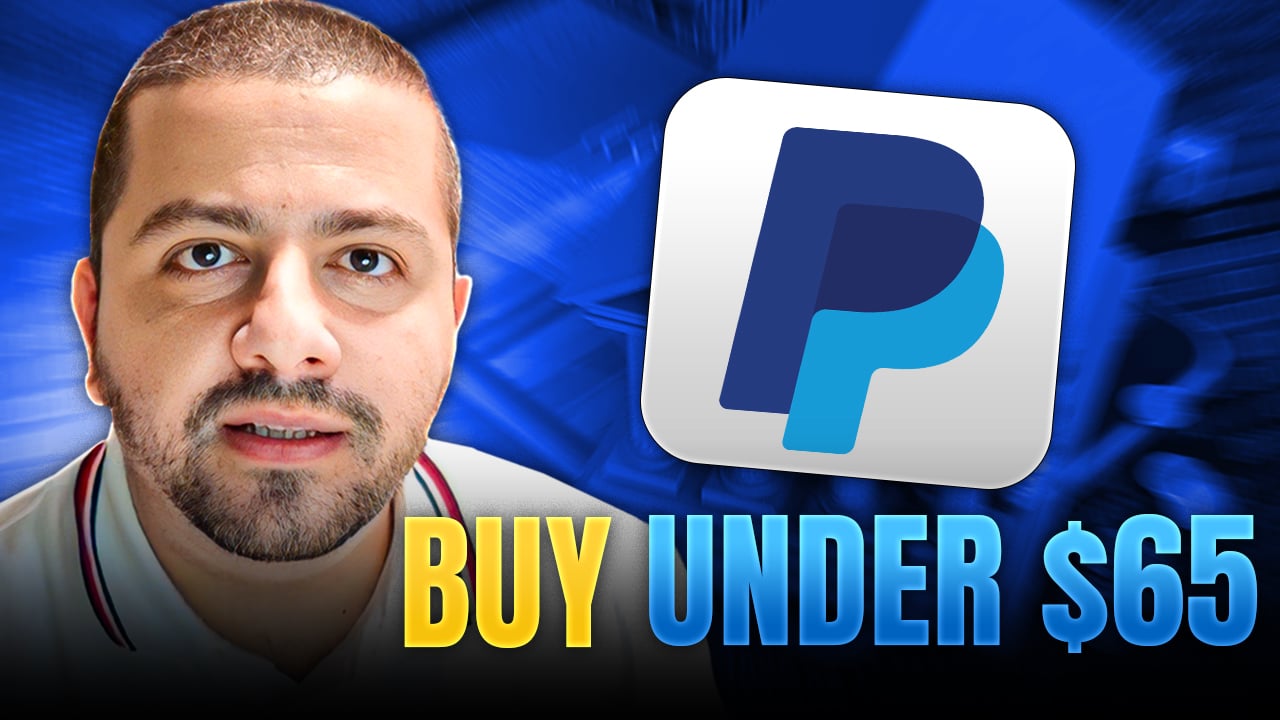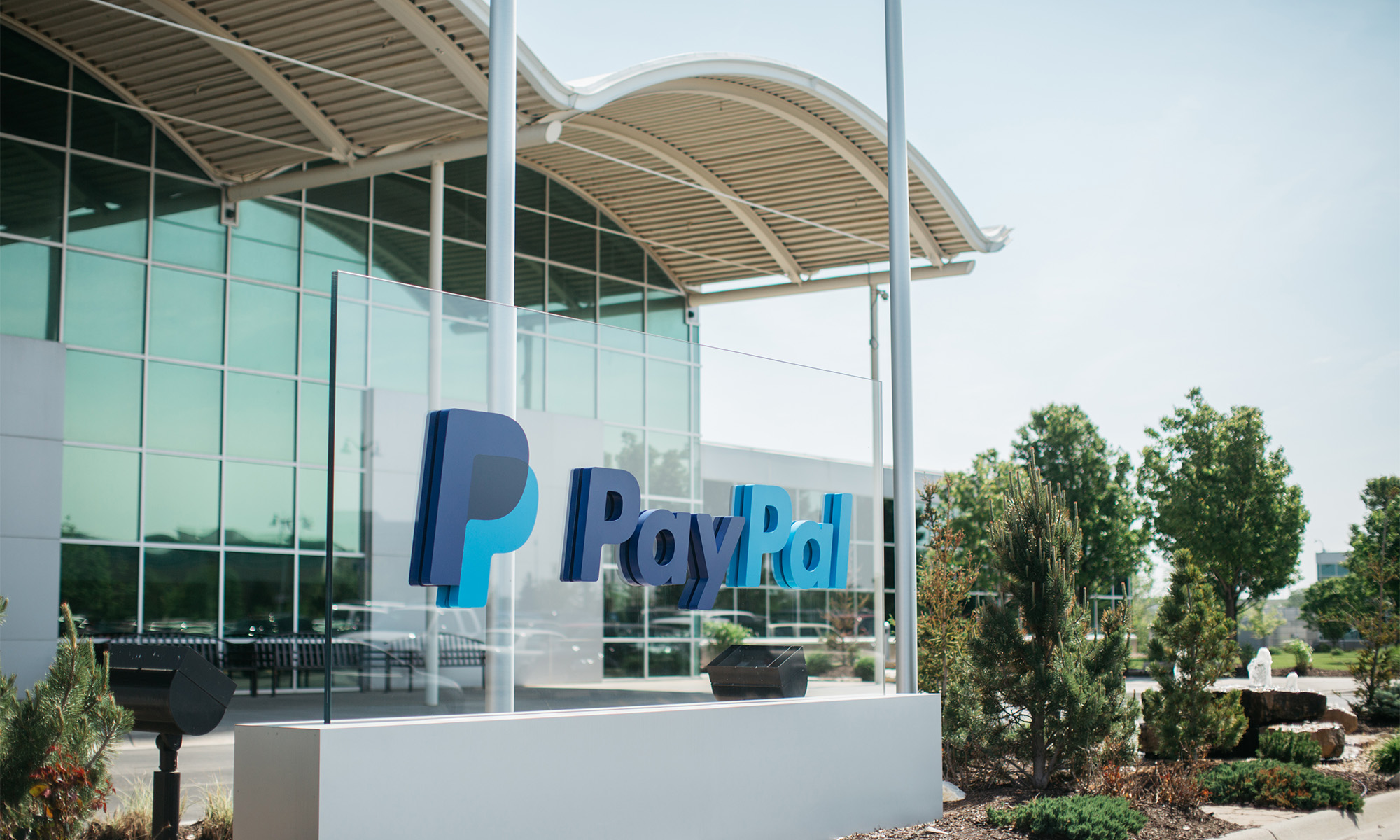PayPal (PYPL 0.66%) is down by about 80% from its 2021 highs, and to be fair, there are some good reasons why. At that point, the company's leadership was telling investors that the platform would reach 750 million active users within the next few years (it was around 400 million at the time).
Not only did that turn out to be unachievable, but PayPal's active user base completely stagnated -- and continues to slowly decline. In addition, there are justifiable concerns about finding other ways to grow the business beyond what the existing PayPal and Venmo platforms already offer.
However, there's a solid argument to be made that PayPal could be an incredible value at the current price. Here's what I'm watching, and why I've been scooping up shares in my brokerage account.

NASDAQ: PYPL
Key Data Points
Trust the process
PayPal essentially has a brand-new management team. In addition to new CEO Alex Chriss, who is a former Intuit executive, the rest of PayPal's executive leadership team has all started within the last six months or so. Just to name a few:
- Chriss brought in an executive VP from Intuit, who previously led the QuickBooks Money Platform and formerly led consumer lending and capital markets at SoFi.
- PayPal's new president of global markets was the chief growth officer at Fiserv in her prior role.
- The company's new CFO formerly held the same position at Ernst and Young.
- PayPal brought in another new executive VP who had a long tenure as Verizon's chief marketing officer.
- A former SoFi and Citigroup chief risk officer recently joined PayPal as chief enterprise services officer.
Although this is a new leadership team, it's an impressive one. And of the people mentioned here, the longest-tenured one is Chriss, who took over the CEO role in September 2023.
It's important to give the new team some time to figure out their strategy. Chriss has called 2024 a "transition year" for PayPal and has already done a great job of implementing cost-saving initiatives. However, his plans to ultimately return PayPal to growth will take at least a few quarters before they're reflected in the numbers.
As one (potentially) big example, management recently announced PayPal will start to build an advertising business. This could eventually be a massive revenue generator, but it will take time.
Recent results look encouraging
While PayPal's user growth (or lack thereof) isn't likely to get anyone excited, that's not to say that the numbers are all discouraging. For one thing, a major focus has been doubling down on engaging the most active users, and this seems to be paying off. The average active user now completes 13% more transactions through the platform than a year ago.
As a result of the increased engagement, PayPal's total payment volume increased 14% year over year, and the company's revenue grew by 10% on a foreign-exchange-neutral basis. That's not bad, considering there's been little user growth. (The active user base grew sequentially by 0.4% in the first quarter.)
Additionally, thanks to the cost-saving initiatives mentioned in the last section, PayPal's operating margin expanded by 98 basis points (0.98 percentage points), and earnings per share grew by 18% year over year.
A remarkably cheap stock
If Chriss and the new team are successful, PayPal could be a massive win for patient investors. The stock trades for just 14 times forward earnings estimates, which is pricing in very little growth, even though the company is generating over $5 billion in annualized free cash flow and having positive net cash on the balance sheet.
Returning a massive fintech to growth after it has stagnated isn't an easy task, so there's a lot of execution risk here. But for the time being, Chriss' efficiency focus is creating solid earnings growth, management is buying stock back at an aggressive pace, and the company is still (by far) the most recognizable name in online payments.





